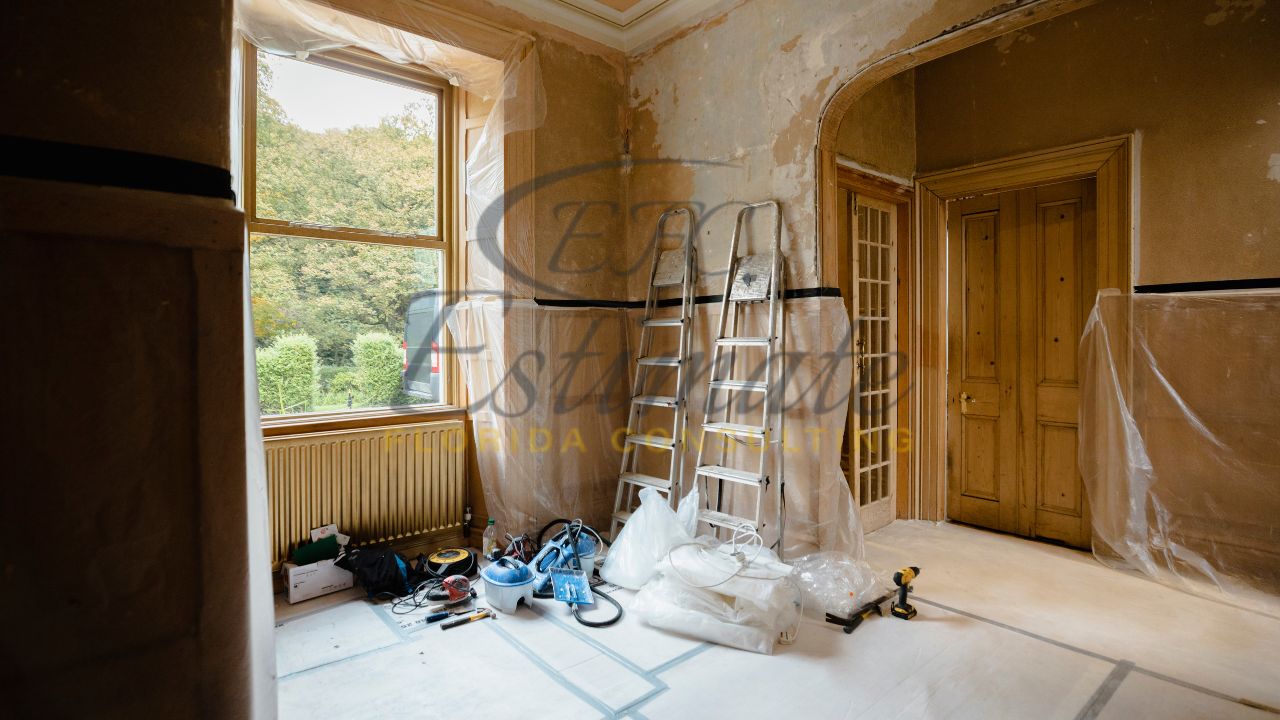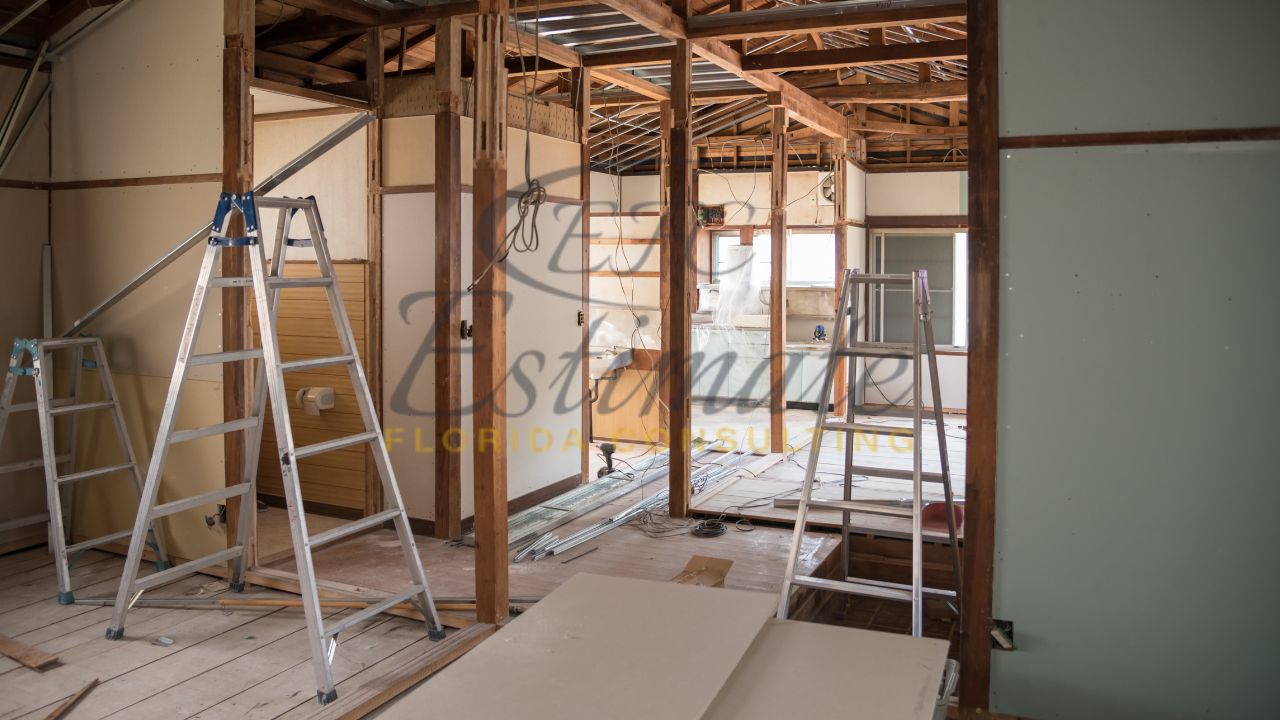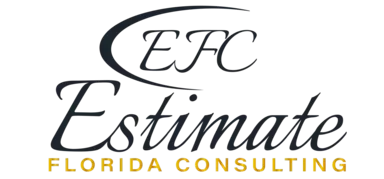Section 8 Renovation Requirements: What Landlords Should Know?
The Section 8 Housing Choice Voucher Program plays a critical role in helping families, seniors, and individuals with disabilities find affordable housing. For landlords, it presents an opportunity to secure reliable rental income, but it also comes with specific responsibilities. One of the most important obligations is ensuring that the rental property meets Housing Quality Standards (HQS) and passes required inspections.
Renovations, upgrades, and ongoing maintenance are not optional—they are essential. Understanding Section 8 renovation requirements can help landlords avoid delays, pass inspections on the first attempt, and ensure that tenants enjoy a safe and decent living environment.

In this article, we’ll take a comprehensive look at Section 8 renovation requirements, provide practical advice for landlords, and explain how to prepare your property for inspection.
Why Section 8 Housing Standards Exist?
The primary purpose of Section 8 is to ensure that housing supported by government vouchers meets minimum safety and habitability standards. Without these requirements, tenants might end up in unsafe, unsanitary, or structurally unsound homes. HUD’s Housing Quality Standards were created to protect tenants and ensure that taxpayer funds go toward maintaining decent housing.
For landlords, this means that properties must be maintained at a higher level of accountability. A property must offer a safe, functional, and fully habitable environment. This means every system—from plumbing and heating to electrical wiring and structural components—must operate reliably and meet established safety standards.
Overview of Section 8 Renovation Requirements
When inspectors evaluate a Section 8 property, they look for compliance in several key areas. Below is a detailed breakdown of the most common requirements:
1. Structural Integrity
The property must be free of major defects that could endanger tenants. Renovation may be required if:
- The roof leaks or shows significant wear.
- The foundation is cracked or unstable.
- Walls, ceilings, or floors show signs of damage, holes, or severe deterioration.
Repairs in this category are often the most costly but are non-negotiable for approval.
2. Electrical Systems
Electrical safety is a top priority. Renovations may include:
- Updating outdated wiring that poses fire hazards.
- Installing sufficient outlets in each room.
- Repairing broken light fixtures and ensuring proper wattage.
- Correcting exposed wiring or unsafe panels.
3. Plumbing and Water Supply
Clean, functional plumbing is mandatory. Landlords may need to:
- Replace leaky pipes and faucets.
- Unclog drains and repair sewer line issues.
- Ensure that bathrooms and kitchens have working hot and cold water.
- Upgrade water heaters if they fail to provide adequate supply.
3. Plumbing and Water Supply
Clean, functional plumbing is mandatory. Landlords may need to:
- Replace leaky pipes and faucets.
- Unclog drains and repair sewer line issues.
- Ensure that bathrooms and kitchens have working hot and cold water.
- Upgrade water heaters if they fail to provide adequate supply.
4. Heating and Cooling Systems
Tenants must have safe and reliable climate control. Depending on location, renovations may involve:
- Repairing or replacing furnaces, boilers, or HVAC units.
- Installing ventilation systems in bathrooms and kitchens.
- Ensuring that air conditioning systems work in hotter climates.
5. Safety Features
Safety-related renovations are among the most common requirements:
- Installing smoke detectors on each level.
- Adding carbon monoxide detectors where required by law.
- Securing doors and windows with functional locks.
- Repairing or replacing stair railings.
6. Sanitation and Pest Control
Landlords must address unsanitary conditions before inspection:
- Removing mold or mildew.
- Eliminating rodent or insect infestations.
- Ensuring bathrooms and kitchens are fully operational.
Preparing for the Section 8 Inspection
Knowing the renovation requirements is only the first step. The key to success lies in preparation.
Conduct a Self-Inspection
Landlords should perform a thorough walkthrough of their property before the official inspection. Using a Section 8 checklist (often available from local housing authorities) can help identify potential problems.
Hire Licensed Contractors
While DIY fixes might save money in the short term, Section 8 inspectors often require professional documentation for major repairs. Hiring licensed contractors ensures compliance with local codes and provides paperwork for the housing authority.

Keep Documentation Ready
Maintaining a record of renovations—receipts, permits, and contractor reports—can streamline the inspection process. It also demonstrates that the landlord is proactive about property maintenance.
The Cost of Non-Compliance
Failing to meet renovation requirements has real consequences. If a property fails inspection:
- Delays occur: Tenants cannot move in until repairs are complete and a re-inspection is scheduled.
- Income is delayed: Landlords do not receive rental payments until the property passes inspection.
- Reputation suffers: Consistent failures may discourage housing authorities from approving the landlord’s properties in the future.
Investing in proper renovations upfront often costs less than dealing with failed inspections and rework.
Long-Term Benefits of Meeting Renovation Standards
Although the requirements can feel demanding, they benefit both tenants and landlords. Some advantages include:
- Reduced Vacancy Rates: Well-maintained properties attract tenants quickly.
- Increased Property Value: Renovations not only meet Section 8 standards but also improve resale potential.
- Lower Maintenance Costs: Proactive upgrades often prevent expensive emergency repairs later.
- Reliable Income: Section 8 provides guaranteed rent payments from the government, reducing financial risk.
By consistently maintaining properties, landlords can enjoy steady occupancy and fewer disputes with tenants.
Section 8 Renovation Requirements in Florida
Every state implements Section 8 with slight variations, and Florida is no exception. Local housing authorities may have additional expectations for landlords beyond the federal HUD standards. For example, certain counties emphasize stricter pest control measures or require higher efficiency HVAC systems due to climate conditions.
For landlords interested in operating in the Sunshine State, it’s important to be aware of the specific requirements tied to Section 8 in Florida state, including inspection standards, tenant eligibility, and the overall application process.
Practical Tips for Landlords
To make the process smoother, here are some actionable steps landlords can take:
- Budget for Renovations: Set aside funds annually for property updates and emergency repairs.
- Focus on Kitchens and Bathrooms: These areas are most commonly flagged during inspections.
- Communicate with Tenants: Encourage tenants to report issues early so they can be fixed before inspections.
- Stay Informed: HUD updates standards occasionally, and local authorities may introduce new requirements.
- Think Beyond Minimum Standards: While meeting HQS is mandatory, going above and beyond makes your property more appealing to tenants and reduces long-term costs.
Final Thoughts
Section 8 renovation requirements ensure that low-income families and individuals have access to safe and decent housing. For landlords, compliance may seem burdensome at first, but the long-term rewards far outweigh the initial challenges.
By investing in renovations, maintaining detailed records, and preparing thoroughly for inspections, landlords can avoid costly delays and establish themselves as trusted providers in the rental market.
Ultimately, meeting Section 8 standards is not just about compliance—it’s about contributing to stronger communities and ensuring that every tenant has a place they can truly call home.

